by Eric Niderost
The tank was created to break the bloody deadlock along the Western Front. It was originally envisioned as a kind of “land battleship” that could cross trenches and barbed-wire entanglements. Once across “no-man’s land,” it could neutralize enemy machine guns and achieve a breakthrough that would lead to victory. Like any radically new concept, development was a slow, evolutionary process that involved much trial and error.
[text_ad]
There’s some dispute over who is the “father” of the tank. Several men of vision made contributions, including Winston Churchill and Sir Ernest Swinton. Churchill established a Landships Committee at the British Admiralty in February 1915, and Swinton suggested an armored fighting vehicle as early as December 1914. The actual creation of the tank is credited to Major W.G. Wilson and Sir William Tritton, the latter being the managing director of an industrial company called Foster’s. Sir William’s company was contracted to make a military tracked vehicle, which resulted in the Mark I, the world’s first practicable tank.
The whole project was cloaked in secrecy, and a cover story was devised during those long months of research and testing. It was given out that Foster’s was making mobile water tanks, and the name stuck. Henceforth the new invention would be known as the “tank.”
By 1918 there had been a number of improvements in tank design, but the machines were still primitive even by World War II standards. If war is hell, World War I tank crews were in their own metallic inferno, a claustrophobic world of undiluted misery. Crew compartments were dirty, cramped, and dark, literal “black pits” where feeble light filtered in though vision slits and hatch holes. In August 1918 the Mark V tank was the state of the art, boasting better armor and other improvements. But the Mark V still left much to be desired in battlefield conditions.
The Mark V in battle was a literal hell on earth, where protection from bullets was scant compensation for its assault on crew senses. Eyes were half-blinded by darkness and smarting from smoke, noses inhaled the noxious stench of oil and gasoline, and stomachs grew nauseous from the “rollercoaster” ride of an unsprung vehicle over uneven terrain.
Tank Tips
An early training guide cheerfully entitled “Tank Tips” admonished the men to “never mind the heat,” and “never mind the noise.” But, of course, it was easier for a staff officer to pen those words than it was for a tanker to follow the advice. In summer “normal” inside temperatures of 90˚ could climb to 140˚. During battle, crews had to endure the metallic clanging of caterpillar tracks in “perpetual” motion, the grind and rattle of the engine at full throttle, and the “anvil chorus” sound of enemy bullets hitting the outside hull. All these sounds merged to produce one deafening roar, a cacophony so loud hand signals were used for communication.
Like all tanks of the period, the Mark V came in “male” and “female” versions. There was a fear that tanks armed primarily with artillery could be overwhelmed by enemy infantry. As a precaution some tanks were armed exclusively with machine guns and dubbed “female.” The male Mark V was virtually identical to its “female” counterpart, but carried two 6-pounder guns in addition to four machine guns. Both male and female versions featured the rhomboidal (lozenge) shape of many World War I designs.
The Mark A Medium “Whippet” tank was designed as a mechanical replacement for traditional horse cavalry, taking over their role of exploiting a breakthrough of the enemy line. Some of its features made the Mark A Whippet the evolutionary “ancestor” of the modern tank, a kind of “missing link” between the earliest armor and what was to come later. Certainly the track arrangement was modern, with tracks mounted on the sides of the hull body, and not on the outer edges of the tank as it was in the rhomboidal designs. Abandoning the lozenge/rhomboidal concept allowed more room on the top, and so pointed the way to a revolving turret.
Although abandoned in development for the sake of manufacturing simplicity, early Whippet designs actually had a revolving turret. The Mark A Medium Whippet also featured mud chutes, which cleared the tracks and bogies of accumulated muck. Armament consisted of four Hotchkiss .303 machine guns, but since there was only a crew of three even the tank commander had to become a gunner at times. Range was about 40 miles, and speed a theoretical 8 miles per hour.
Germany’s Answer to the British Mark V Tank
Meanwhile the Germans were at work on their own armored vehicles. Their A7V was the answer to the British tank, though it was such an uninspired and clumsy machine it made the Mark V appear graceful by comparison. The German general staff was not prone to quibble, since they wanted a quick-fix solution to the Allied threat.
The world’s first German panzer was essentially a mobile fortress. The box-like hull bristled with one 5.7 cm gun and six or seven Maxim machine guns. It had a clearance of only about 15 inches, which practically guaranteed getting bogged down when traveling over muddy or rough ground. The tank was named after the military committee that recommended an armored vehicle, A7V or Allgemeine Kriegsdepartment 7 Abteilung Vehkerwesen.
The A7V was crewed by 18 men, including soldiers from the artillery, infantry, and engineers. Interservice misunderstandings sometimes prevented crews from working as a team. Like the interior of its British counterpart, that of the A7V could be a literal Hades on earth, with searing temperatures and terrible fumes.
The first German panzer was a hurried,”half-baked” effort, and the war ended before any further development could be made. But the tank concept had been planted in German minds, and it was to germinate for 20 years before bearing fruit in World War II.
Eric Niderost
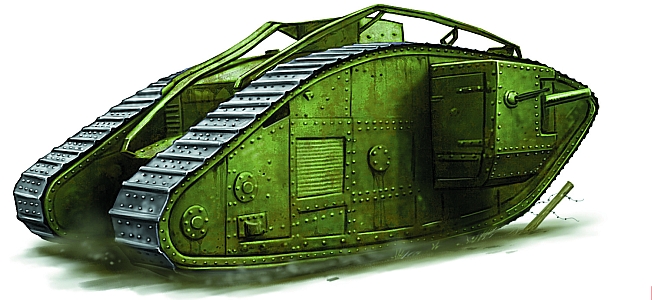
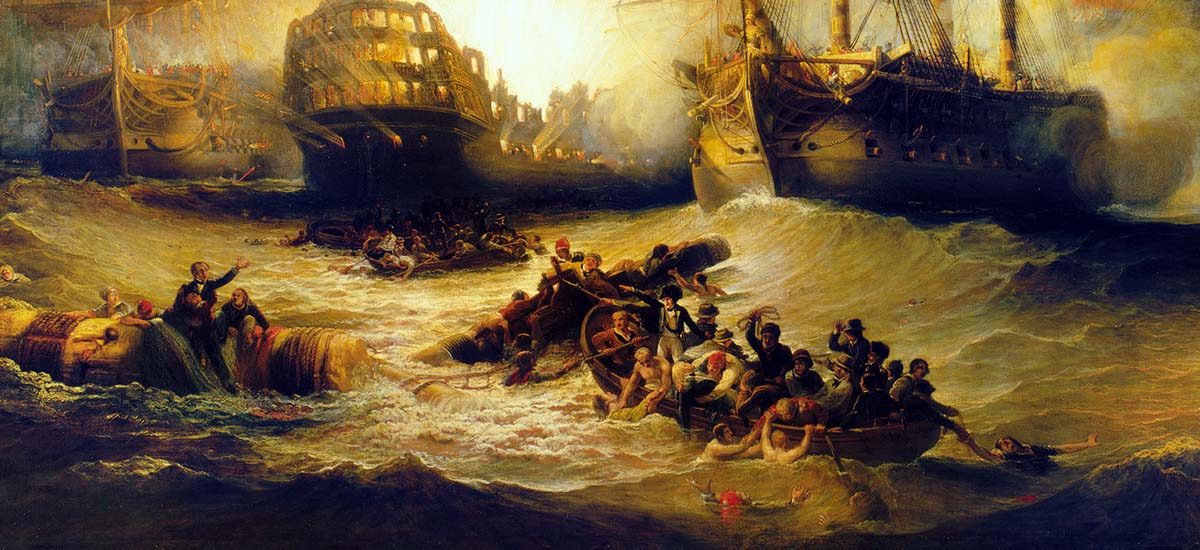
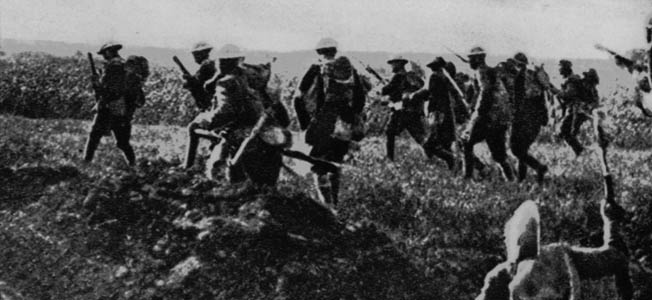
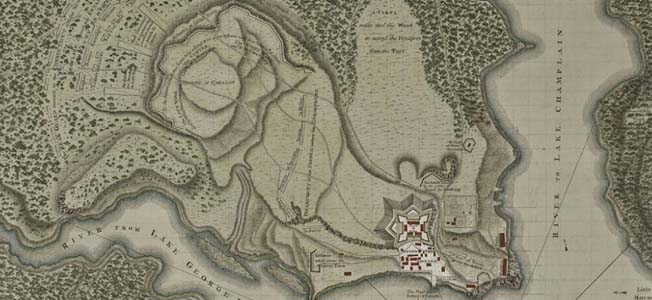
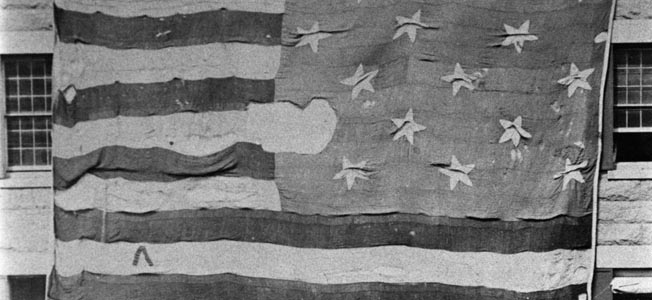
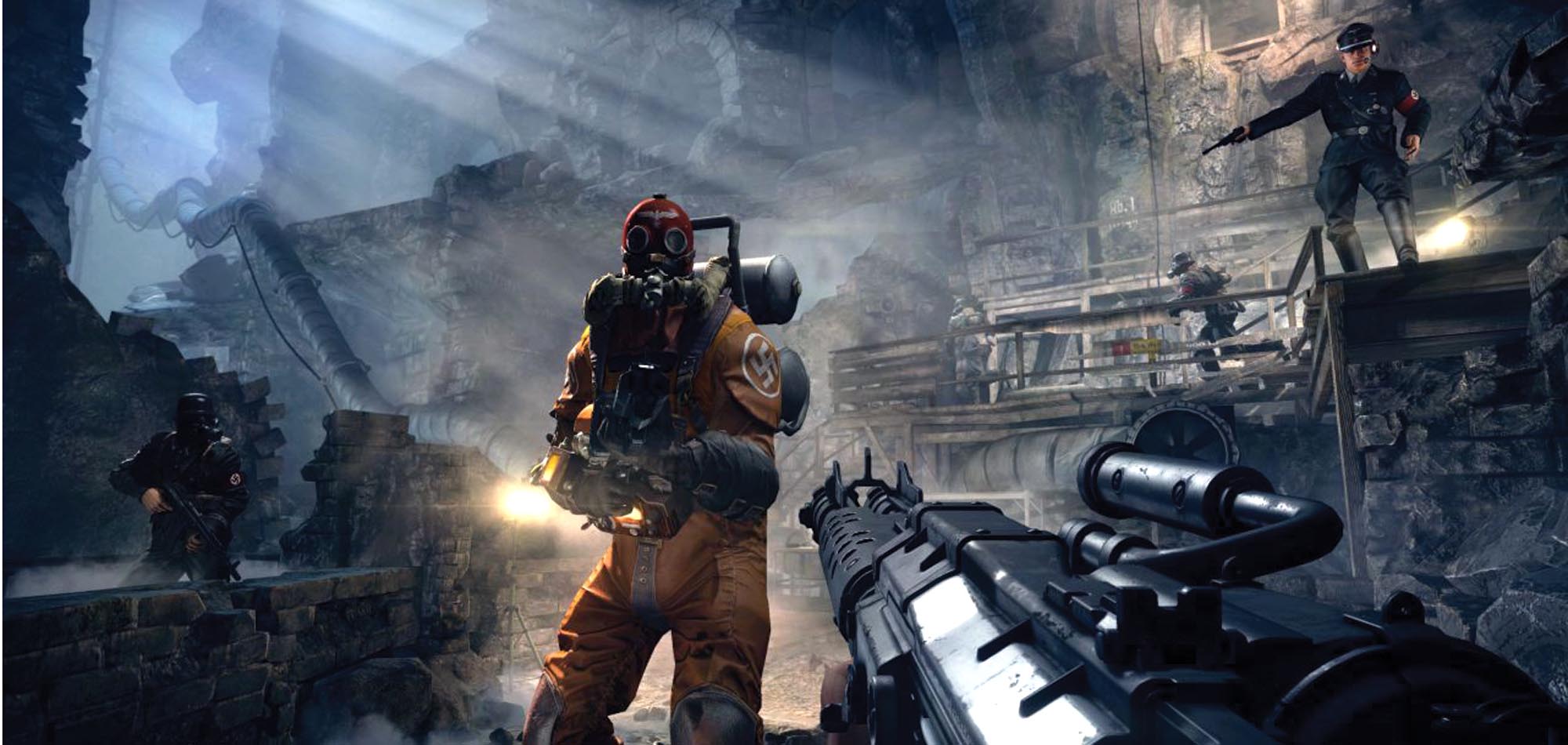
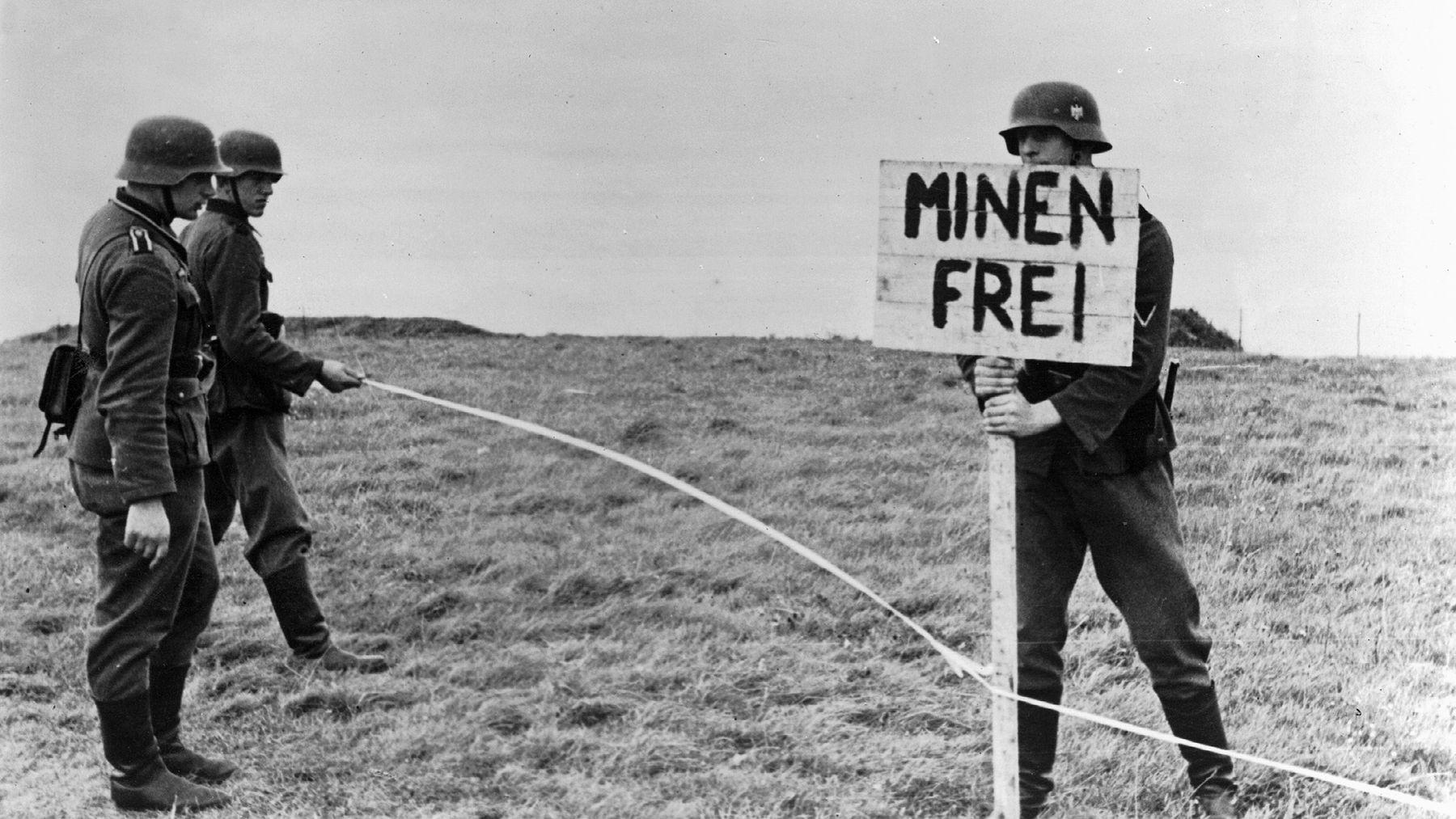
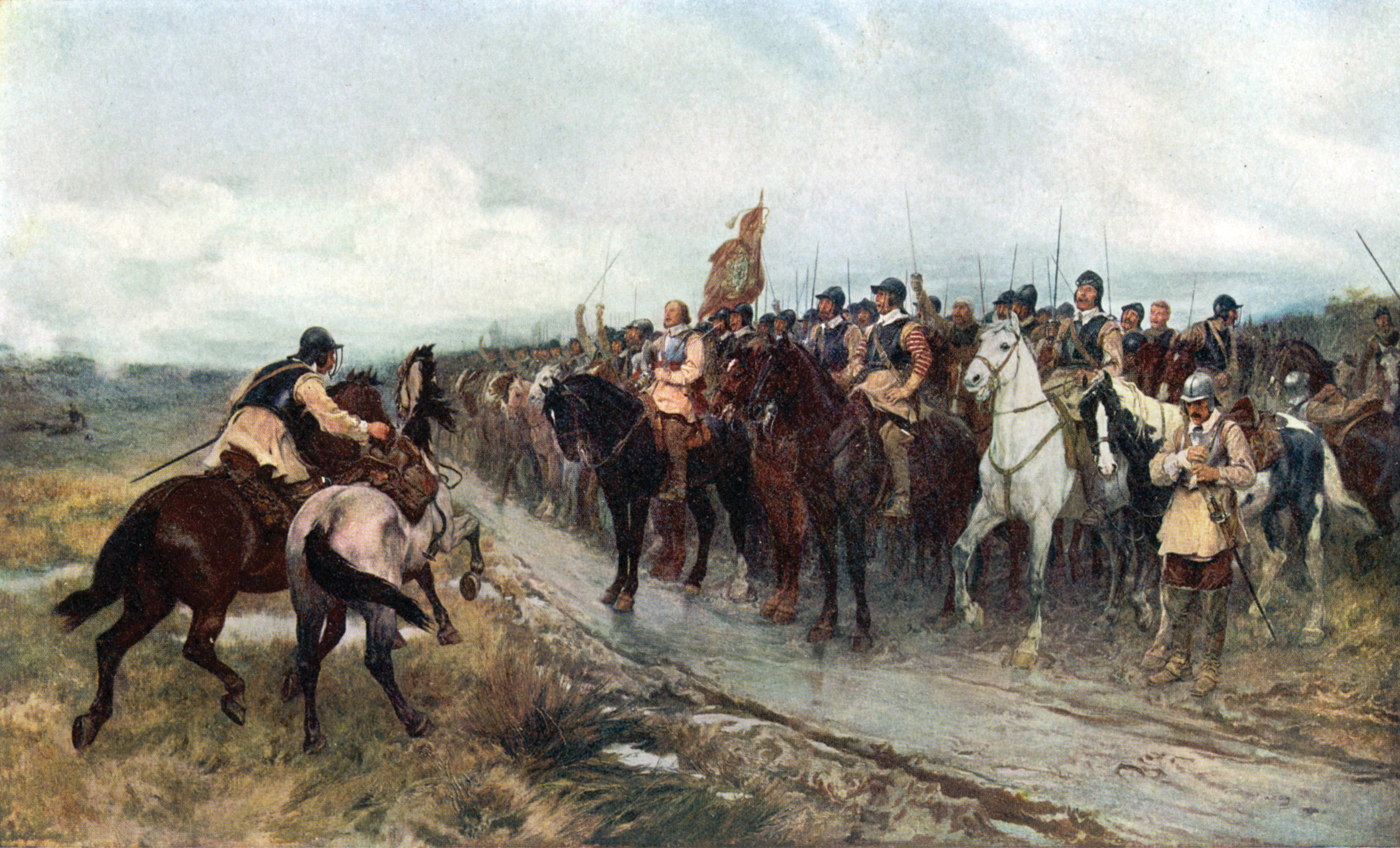
There were no Mark I tanks at Amiens. That’s a misprint.The image shown here is, correctly, a Mark V